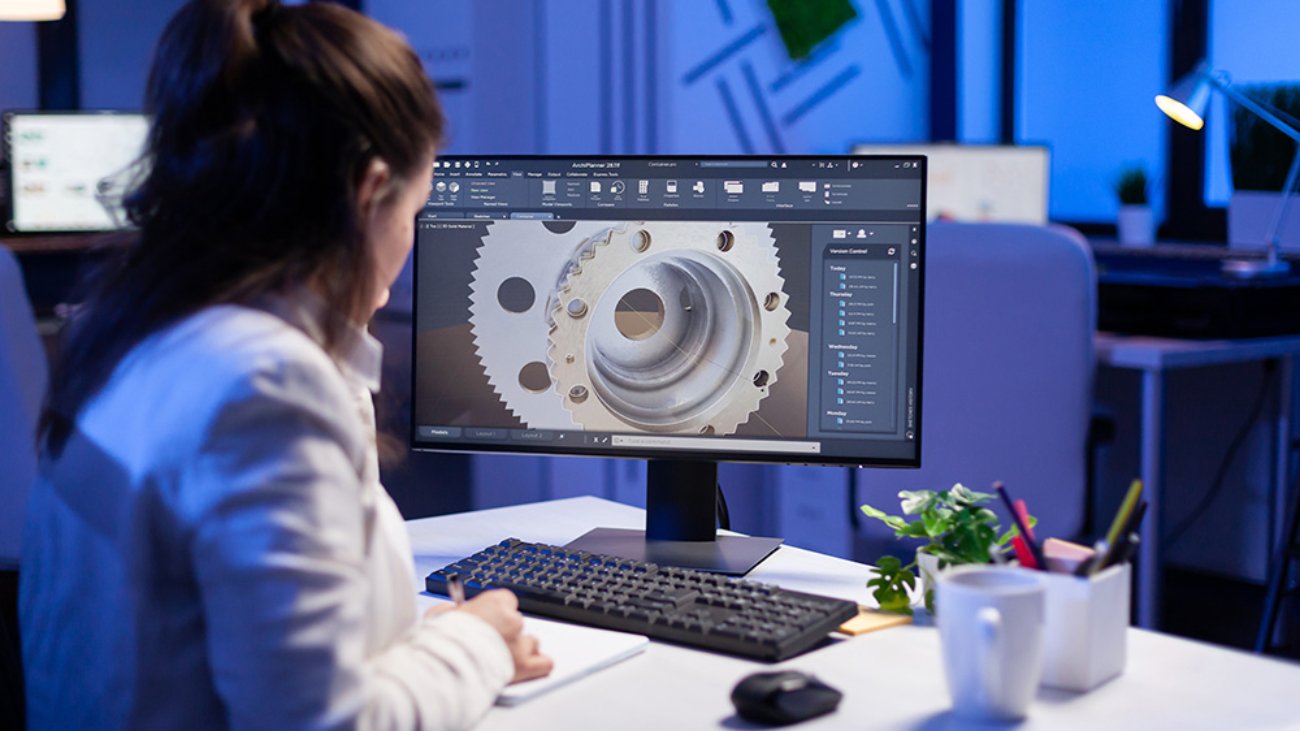Introduction: In the world of entrepreneurship and startups, achieving product-market fit is often hailed as the ultimate milestone. But what exactly is product-market fit, and why is it so crucial for the success of a business? In this comprehensive article, we will delve into the concept of product-market fit, explore its significance, and discuss strategies for attaining and measuring it effectively.
Defining Product-Market Fit: Product-market fit refers to the alignment between a company’s product or service and the needs, preferences, and pain points of its target market. It signifies that a business has developed a solution that resonates deeply with its intended audience, offering value that is unmatched by competitors. Achieving product-market fit is not simply about having a functional product; it’s about creating something that solves a real problem for a specific group of people in a way that is superior to existing alternatives.
The Significance of Product-Market Fit: Product-market fit is often considered the holy grail of entrepreneurship for several reasons. Firstly, it validates the viability of a business idea and confirms that there is demand for the product or service being offered. Secondly, it serves as a strong foundation for sustainable growth, as businesses with strong product-market fit are better positioned to attract customers, generate revenue, and scale efficiently. Additionally, achieving product-market fit reduces the risk of failure and increases the likelihood of long-term success, as businesses that meet the needs of their target market are more likely to thrive in competitive markets.
Strategies for Attaining Product-Market Fit: Attaining product-market fit is a journey that requires a deep understanding of the target market, continuous iteration, and a relentless focus on customer feedback. Some key strategies for achieving product-market fit include:
Market Research: Conduct thorough market research to identify unmet needs, pain points, and trends within your target market.
Customer Validation: Gather feedback from potential customers through surveys, interviews, and beta testing to validate your product concept and identify areas for improvement.
Iterative Development: Take an iterative approach to product development, continuously refining and iterating based on customer feedback and market insights.
Customer-Centric Approach: Prioritize the needs and preferences of your target customers throughout the product development process, ensuring that your solution addresses their most pressing problems and delivers meaningful value.
Metrics and Measurement: Establish key metrics for measuring product-market fit, such as customer retention, engagement, and satisfaction, and regularly monitor these metrics to track progress and make informed decisions.
Conclusion: In conclusion, product-market fit is a fundamental concept that lies at the heart of successful entrepreneurship. By aligning a company’s product or service with the needs and preferences of its target market, businesses can establish a strong foundation for sustainable growth, profitability, and long-term success. While achieving product-market fit requires time, effort, and iteration, the rewards of identifying and addressing a genuine market need are invaluable, paving the way for business success and market dominance.



